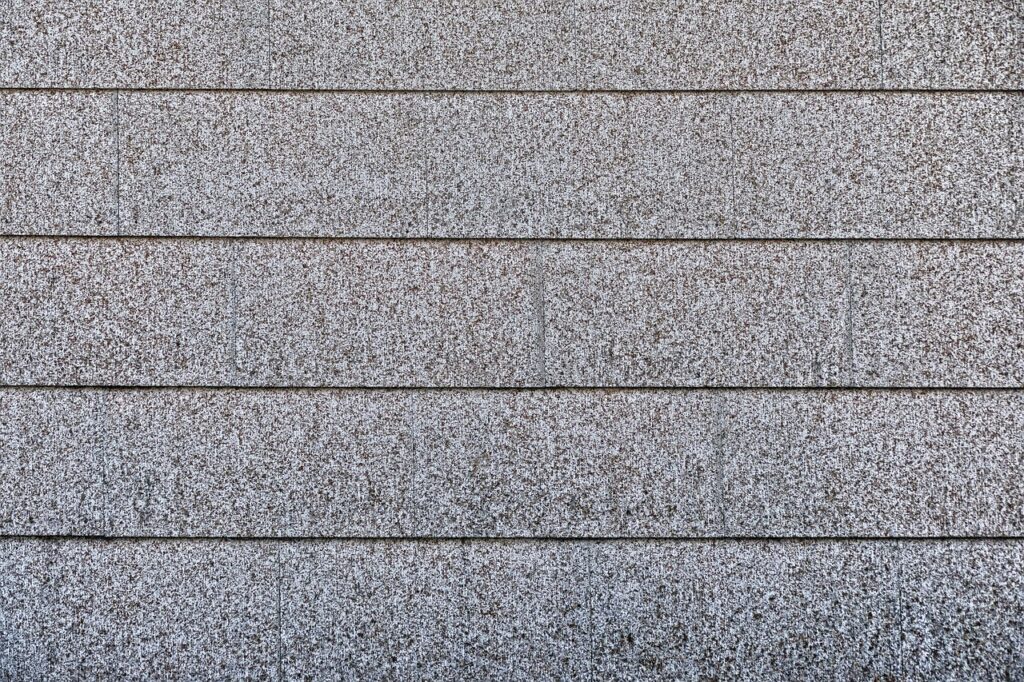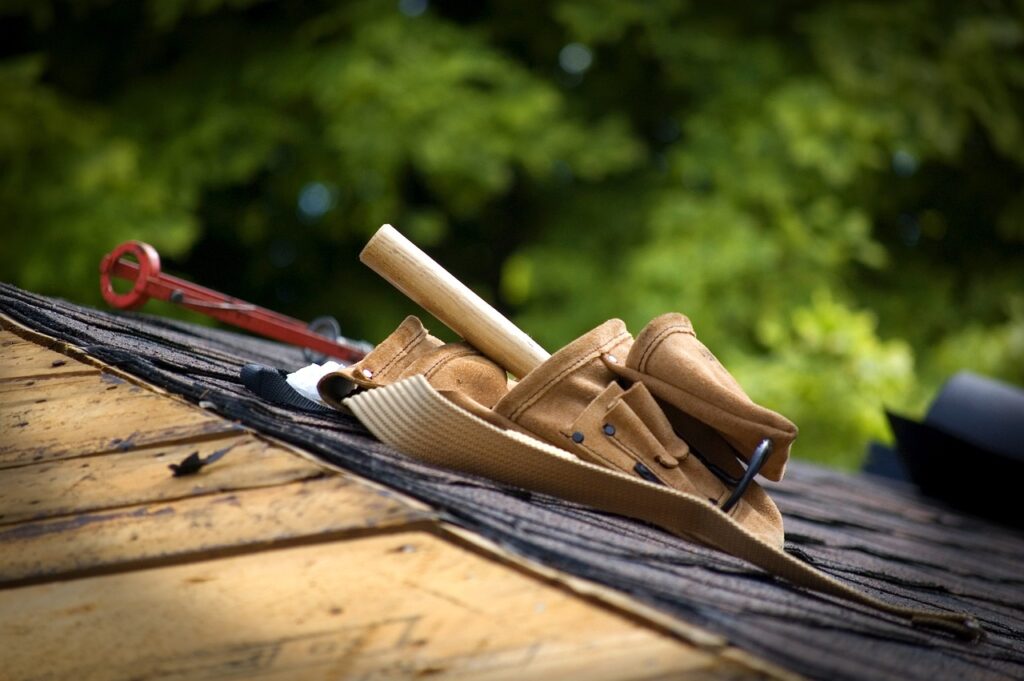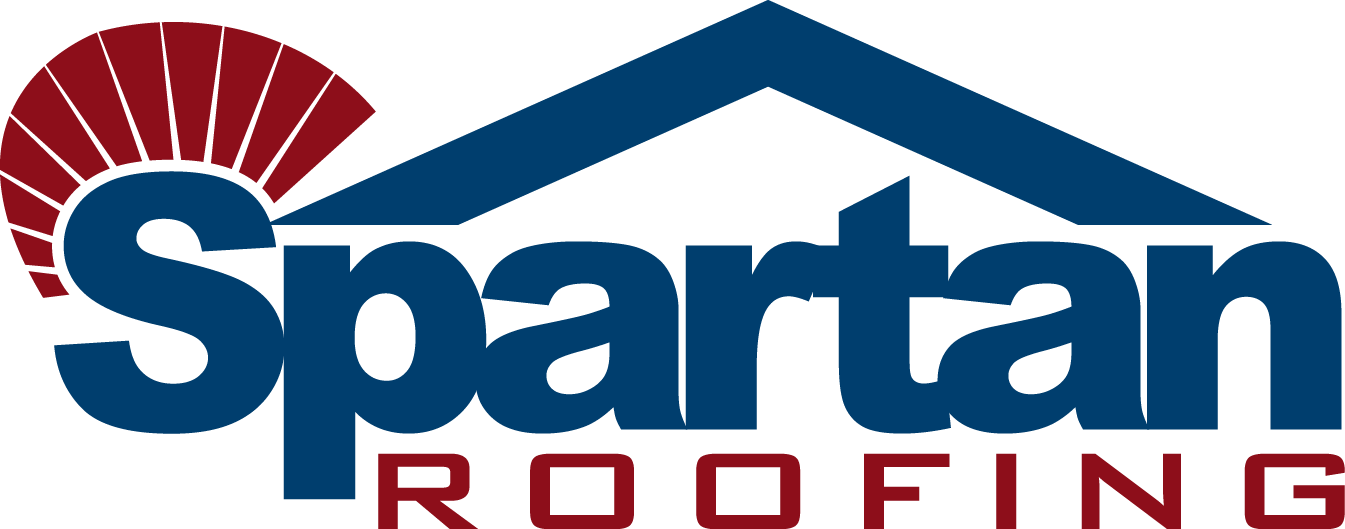
Shingle Materials:
Do you want to know how they make shingles? First we start with asphalt bitumen. It is a combination of a thick petroleum liquid and either sand or gravel. Asphalt bitumen comes from a naturally occurring form of petroleum that is very thick and sticky. It looks like a black liquid and its adhesive properties make it a binder for aggregates.
Next is fiberglass. Manufacturers create fiberglass, a composite material, from very fine glass fibers made of natural materials and chemicals, along with resin. You can also use an organic felt sheet made from sheep raised on organically certified farms.
Finally we have mineral granules. These can come from either quartz, slate or limestone. Manufacturers can grind these materials down to different sizes according to their specifications.You can even use copper as a mineral as well to aid against blue-green algae in certain areas.
Now that we know which materials workers use for the shingles, we will move on to preparing the shingles.

Shingle Preparation:
First we heat the asphalt to a molten state. The asphalt can melt anywhere between 130 degrees and 343 degrees. It really just depends on the mixture of the asphalt to what degree it melts at.
Secondly the fiberglass or felt sheets are cut into large rolls. They use special machinery, like a roll-slitting machine to ensure precise and consistent cuts.
Then, workers mix the mineral granules with different colorants. Many different chemicals can enhance the finished product during this process. Manufacturers use these as a topcoat to protect the shingles from the sun’s ultraviolet rays and to add a nice finish.

Shingle Assembly:
Once the team prepares the materials, they pass the fiberglass or felt sheets through a saturator, a device that saturates a liquid with a gas or gas vapor and coats them with hot asphalt.
The final process is to attach the mineral granules to the top surface of the asphalt layer. The assembly of the shingle is now complete.
Now that the product has been assembled, it’s time to cut and form the shingles.
Workers press the sheets into large mats. Once they press the sheets, they cut them into individual shingles. Depending on the manufacturers’ specifications, the shingles can range in size. They typically measure about 12” x 36”.
And now we are off to quality control. Inspectors examine every product for defects and ensure that each shingle meets the adherence specifications mandated by the manufacturer. Each manufacturer, ie Owens Corning, GAF, IKO, CertainTeed have different specifications and different levels of shingles.
Once the shingles complete this whole process, workers can bundle and package them for distribution. Each company has a different way of packaging their materials including size, weight and product labeling.
Want to know more about the history of roofing materials? Check that out here.
